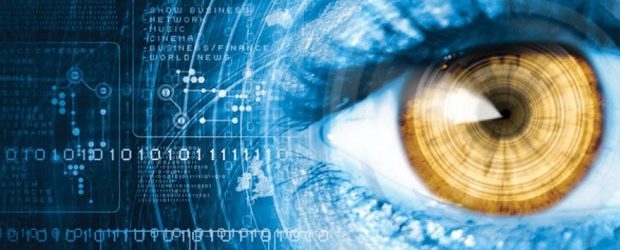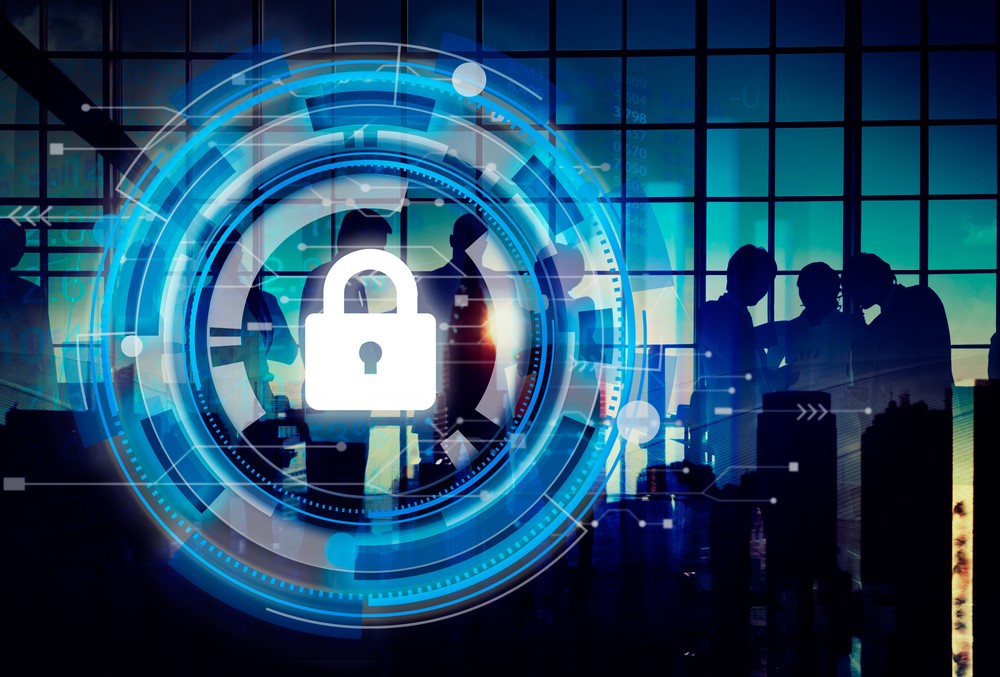
Biometrics and A.I. are Changing How We Experience Buildings
When Amazon Go launched earlier this year in Seattle, some customers reported an awkward feeling as they were leaving the store. This new shopping experience was so unfamiliar that it made some customers feel like they had just shoplifted or gotten their groceries for free but after the experience nearly all reported being delighted by the experience. Customers scan their phone when they enter the store, grab the products they want and walk out the front door. With no lines, no checkouts and no registers, Amazon Go blends Artificial Intelligence, Machine Learning and a system of advanced cameras to calculate your virtual shopping cart and then charge your amazon account when you leave (1). Although not new to real estate per se, this sort of technology enabled experience is relatively new to the retail world and has big implications on how people interact with the real estate around them.
Applying data and other technologies makes Amazon Go a glimpse into the future for some parts of retail, but office buildings have been using similar technologies for years. Office buildings and sensitive sites like data centers have always had an interest in security and have had to develop new ways to control access without increasing the often cumbersome process of moving people though security checkpoints. In the past, the balance between security and access traditionally caused these high security facilities to adopt the latest cutting-edge technology. The cost of that same technology has dropped significantly over the last few years and is now being adopted by standard office buildings in an effort to enhance security while keeping the daily demands on the tenants low.
Identification methods like biometric scanning (scanning unique biological features like an iris, fingerprint, etc.) have plummeted in cost while the technology has drastically improved. For example, Carnegie Mellon University has developed an iris scanning system that works for moving subjects at a range of over 40 feet and is testing its commercial viability(2). According to Mark Clifton, CEO and President of Princeton Identity, “When I started looking at the iris technology in 2008 and 2009, it filled about half an office, used six cameras and cost a quarter of a million dollars. Now it can be done with a Samsung phone.”(1)
Biometric identification technology combined with other data systems can create a truly choreographed experience in a building. Imagine if an employee working in your building is first identified by biological sensors on their way into the parking garage. With a sophisticated system, the elevator could be calibrated to optimize their wait at elevator bank and with a moving iris scan, a once intimidating security checkpoint turns into quick walk through an open security gate. Access to restricted parts of the building could be carefully controlled and a curated experience could be built that seems open and effortless but is at the same time highly secured or controlled. Even temperature, humidity and light settings could be added to react to an employee’s room preferences. In an era where terrorism, corporate espionage and occupant safety are critical concerns for management, the successful implantation of efficient security controls can enhance the appeal of commercial properties to tenants with high security or privacy needs.

There is some cause for concern with these data systems in that data hacks could put at the integrity of biometric or employee related data at risk. Also, unlike many physical access tools, issues around ADA compliance could compromise the ability for equitable use by all the building’s employees. Unlike many other forms of identification like ID cards, manual badge checks and keys or tokens, if misplaced or compromised it’s very difficult to replace a biometric credential (3). In the event that someone’s biological information or personal data is compromised, it’s often unclear what the long-term ramifications or remedy could be. Having an image of a person’s iris or other biological feature is difficult to copy but can never really be altered as opposed to a key or password which can be changed if compromised.
Innovative new ways to connect and use data in commercial real estate are still being imagined and how those innovations come to market will shape the experience of the people that occupy or use commercial space. Complex data systems can be joined with retail or security systems to enhance not just the outside status or perception of the building but to add a sense of efficiency and sophistication to a building.
1) Feit J. (2018) How to Optimize Your Building with Biometrics. Facility Management and Commercial Building Resource. [online] Available at: https://www.buildings.com/news/industry-news/articleid/21479/title/how-to-optimize-your-building-with-biometrics. [ Accessed May 8, 2018].
2) Morton J. (2015). The Case for Biometrics. [online] Available at: https://www.buildings.com/article-details/articleid/19322/title/the-case-for-biometrics/viewall/true. [Accessed September 1, 2015].
3) Glaser, A. (2016). Biometrics Are Coming, Along With Serious Security Concerns. [online] WIRED. Available at: https://www.wired.com/2016/03/biometrics-coming-along-serious-security-concerns/ [Accessed 8 May 2018].
